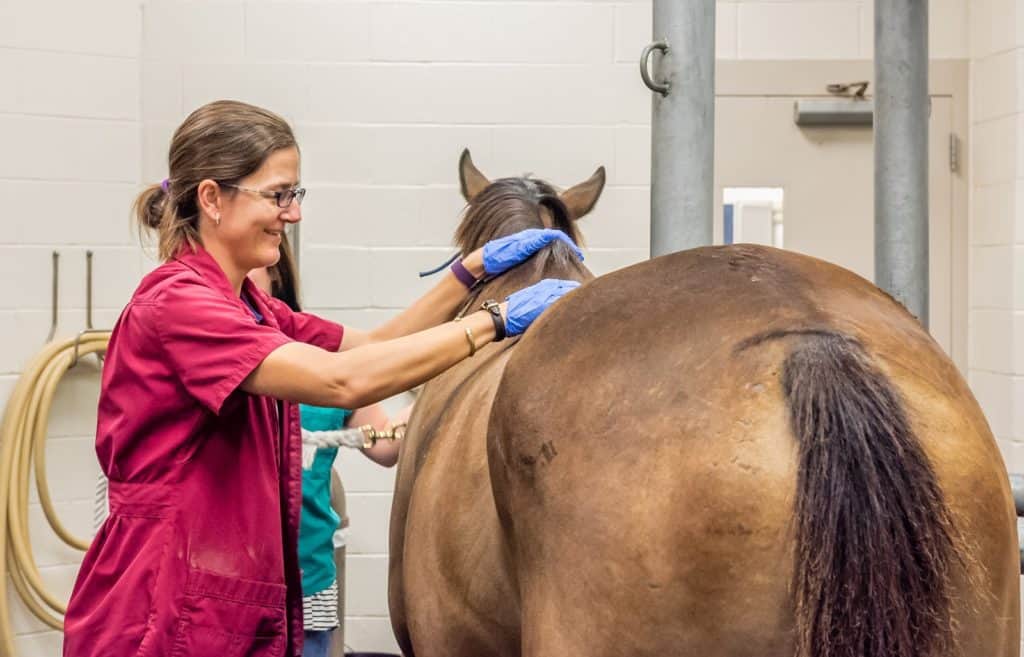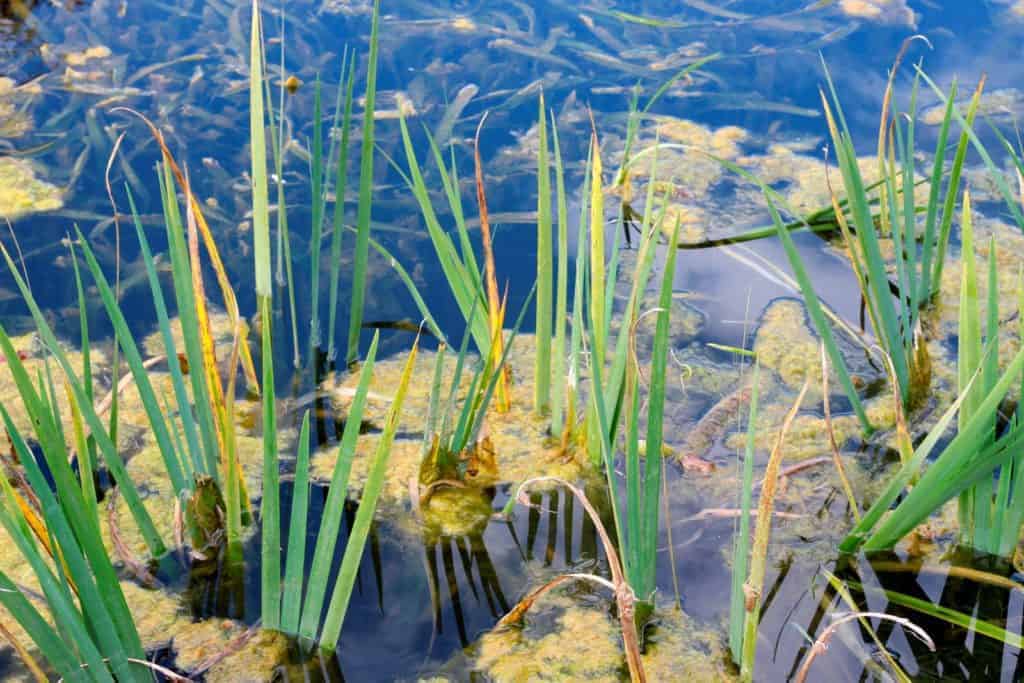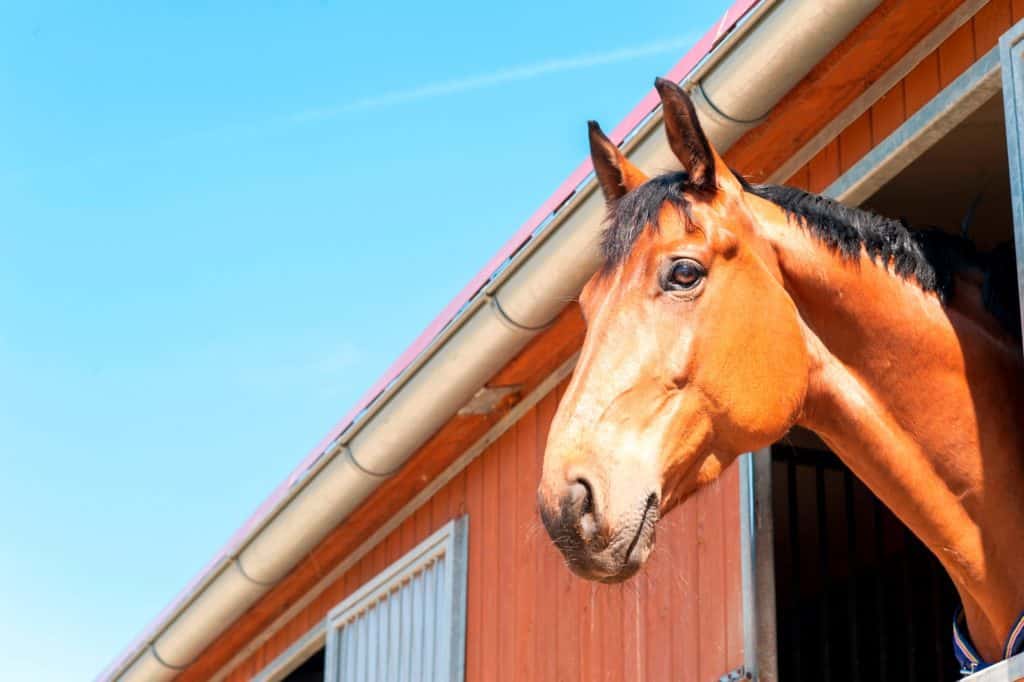
Managing and Maintaining the Older Equine Athlete
Do you have a mature or senior horse? Find out how to keep him comfortable and competitive as he ages!

Do you have a mature or senior horse? Find out how to keep him comfortable and competitive as he ages!

Researchers believe the tested supplements could help reduce the joint inflammation that can lead to osteoarthritis.

Researchers found that jumping at shows two weekends in a row did not allow horses adequate muscle recovery.

A look at noninvasive high-tech therapies–from lasers to ceramic-thread blankets–and how they might help horses heal.

Horses consuming the supplement following joint injections were less lame than control horses, researchers found.

Using sensible strategies, we can help keep equine joints healthy and capable of withstanding athletic demands.

Drs. Tim Parkin and Sarah Plevin describe studies focused on predicting injury before it occurs.

Bone turnover in horses rested after intense training was better than in those in consistent intense work.

An extract from blue-green algae—a potentially toxic substance—could help arthritic horses without poisoning them.

Look for educational articles and social media posts on keeping equine joints and bone healthy, Oct. 9-15.

The British survey results also suggest that lamenesses are more likely to originate in the limb than in the foot.

Horses’ knees are prone to both congenital and acquired lameness problems. Here’s what you need to know.

Drs. Liz Arbittier and Jessica Morgan will provide tips to help owners improve their lameness identification skills.
Top take-homes from presentations on regenerative medicine, eye issues, racing performance and injuries, and more.

Only enlarged proximal sesamoid bones were identified as being a risk for delaying a 2-year-old’s first start.

Your veterinarian will decide which NSAID is best for your horse. Always adhere to his or her administration guidelines.
Stay on top of the most recent Horse Health news with
"*" indicates required fields